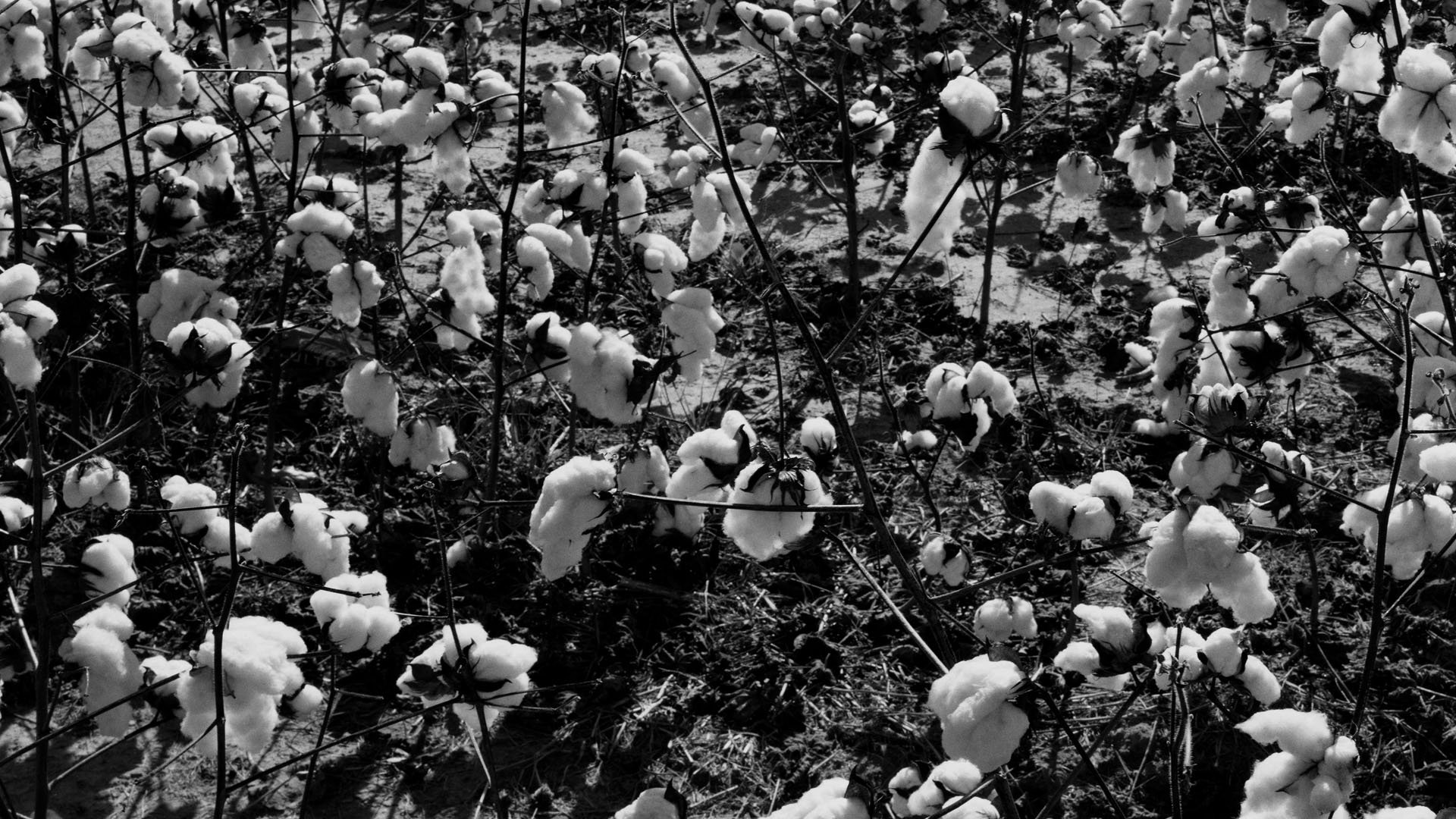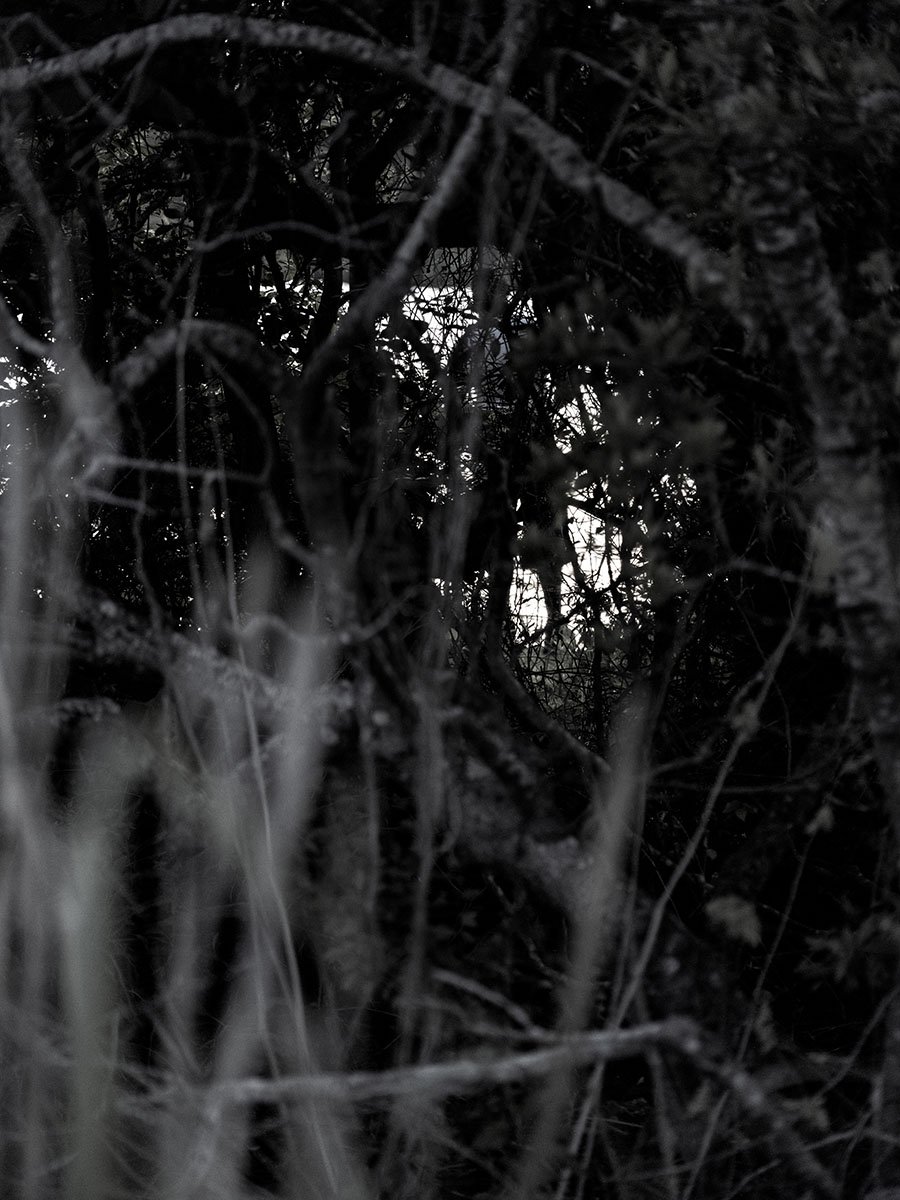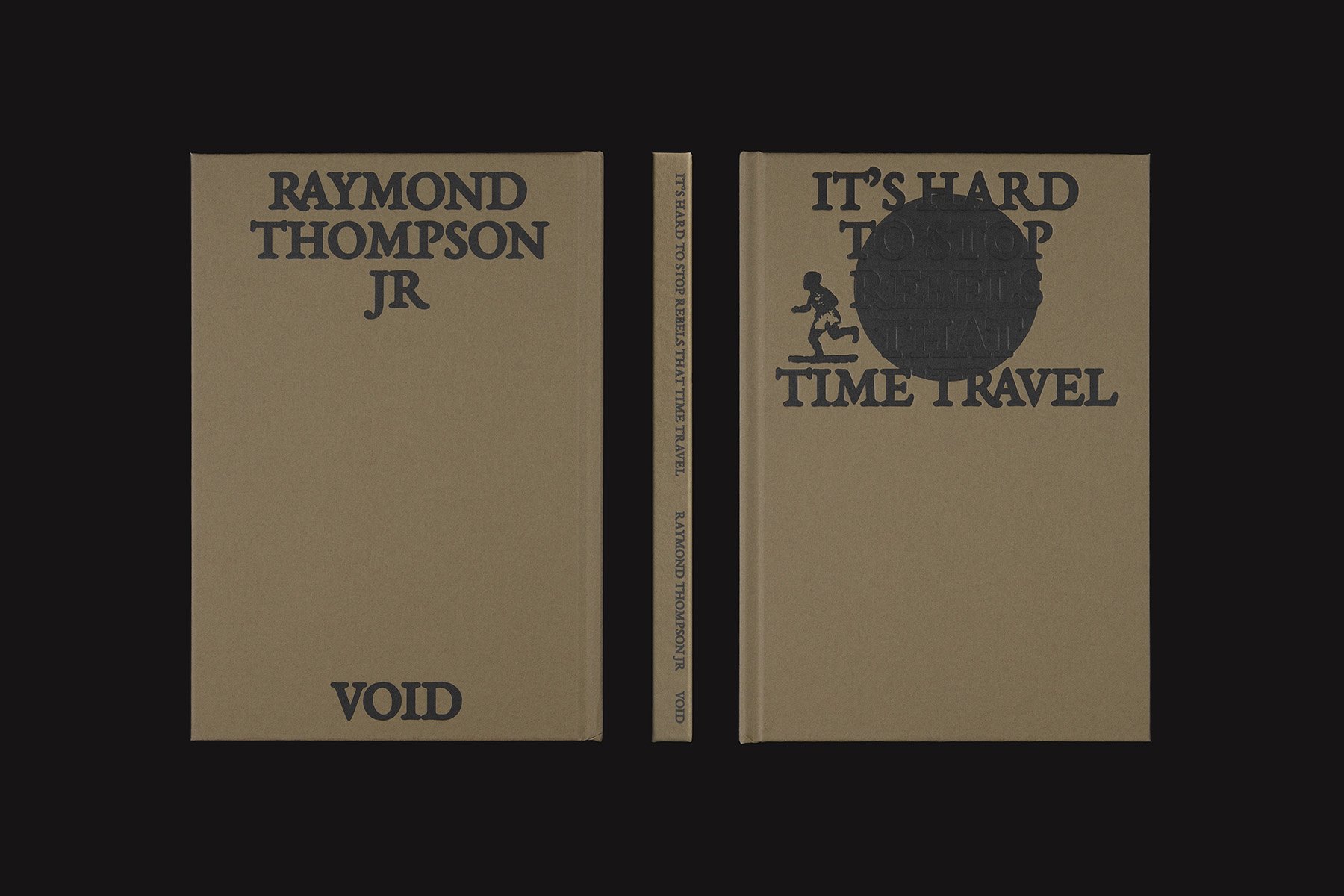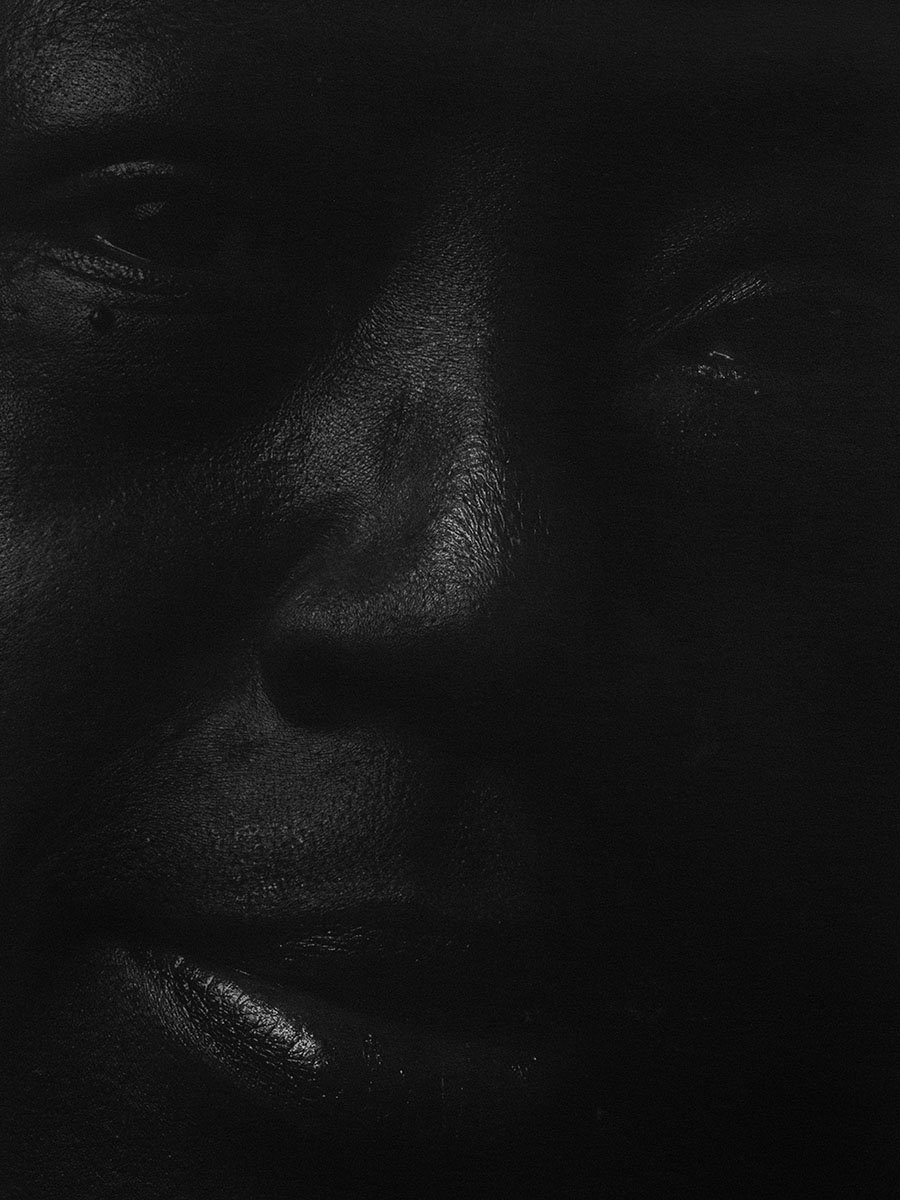
Raymond Thompson Jr
‘It’s hard to stop rebels that
time travel’
by Raymond Thompson Jr, published by Void.
Through the use of archival fragments, historic ephemera and his own photographs, artist Raymond Thompson Jr focuses on previously concealed stories of slaves, maroons, and runaways. ‘It’s hard to stop rebels that time travel’ aims to expand narratives about the Black experience and connection to the ‘American’ landscape.
It’s hard to stop rebels that time travel
The project is centered around the city of New Bern, North Carolina in the US—established in 1710 as hub for the trade of human beings —an area rich with historic moments. Many maroons—enslaved people who had escaped their captors but chose not flee to the north— inhabited the liminal spaces in the vicinity. They created lives in hard access swamps or in the ungoverned wild spaces between plantations and their survival strategies and techniques can be thought of as ‘freedom practices.’ Collectively the materials in the book reach through time to these maroons of the 18th century and connect them to both the contemporary landscape and the viewer.
“In 1918, my grandfather was born outside New Bern and left the region during the great migration. This project represents a more personal approach to interrogating archives because it is based on a landscape I can trace to my ancestors. More and more, Black people like myself are seeking answers to questions surrounding their origin. This journey through our families' pasts necessitates us to walk the paths of our ancestors. This project became my portal to slip between the past, present and future.”
Raymond Thompson Jr
The images in the book are a combination of contemporary portraits, landscape photographs, archival runaway slave adverts annotated by the artist, extracts of Black folklore, news articles reporting lynchings and maps.
The closely cropped portraits depict people Thompson Jr met in the New Bern area who were reminiscent of his extended family. The intentional dark, abstract aesthetic of these portraits is inspired by ideas from philosopher Edouard Glissant around the word ‘opacity’ and the right of Black people to control their visibility. The landscape photographs were made at sites where Thompson Jr could envision his ancestors moving through in the past. Some were locations that visually interested him and others were specific sites named in runaway slave ads or newspaper articles about lynchings. Many of these images include a ‘portal’—a doorway or the windows of a home, tire tracks on the dirt, historical sites, animals or insects, dark or light patches deep in the woods. Some portals were natural or found in the landscape and others were constructed by Thompson Jr through the act of imagining what a time-travelling portal may look like.
The runaway slave adverts in the book have been annotated with details about the runaway by the artist, reimagining and reclaiming the individual within the archive. The book closes with an old map of North Carolina indicating the spaces maroons and runaways could have lived. The slim, rectangular design of the book itself, echoes the format of a travel guide or field notebook to be slipped in a pocket to be of use on a journey.









It’s hard to stop rebels that time travel
17,4 x 24,6 cm
112 pages
500 copies
Fully printed in 5 colours
Hardcover with dry deboss
ISBN 978-618-5479-40-4
Raymond Thompson Jr
Raymond Thompson Jr is an interdisciplinary artist, educator, and visual journalist based in Austin, Texas, US. He has an MFA in Photography from West Virginia University, an MA in Journalism from the University of Texas at Austin, and a degree in American Studies from the University of Mary Washington. He is currently an Assistant Professor at the University of Texas at Austin.
Featured in
More about
-
-
✳︎ Winner – Lucie Photobook Prize 2025 (Independent)
1000 Words – Top 10 (+1) Photobooks of 2024
LensCulture – Favorite Photobooks 2025 – Steven Evans
-
-
AUSTRIA, Kunsthistorisches Museum
GREECE, Void
USA, Cleveland Museum of Art (Ingalls Library)
USA, Morris Museum of Art Library
USA, University of Kansas Libraries
USA, University of Michigan
-
Photograph: Raymond Thompson Jr
Text: Raymond Thompson Jr
Edit, Design: João Linneu, Myrto Steirou
Printing: Jelgavas tipogrāfija
Binding: Jelgavas tipogrāfija
Language: English
Font: EB Garamond 08
Raymond Thompson Jr © for the photographs and text
Void © for this edition




















